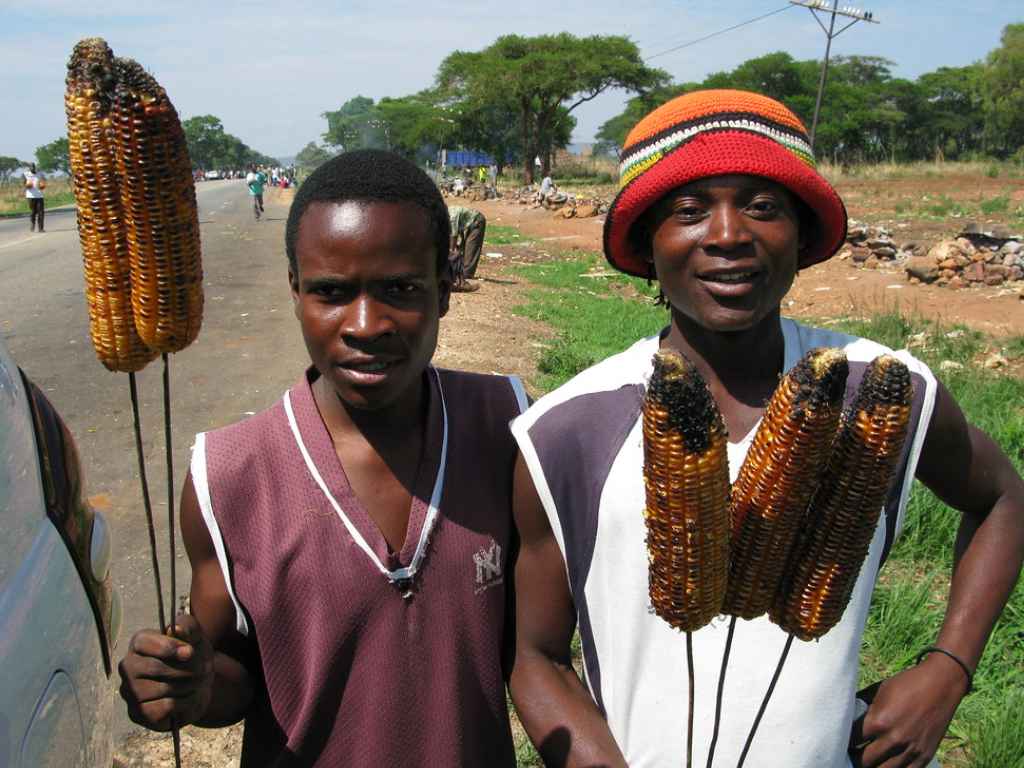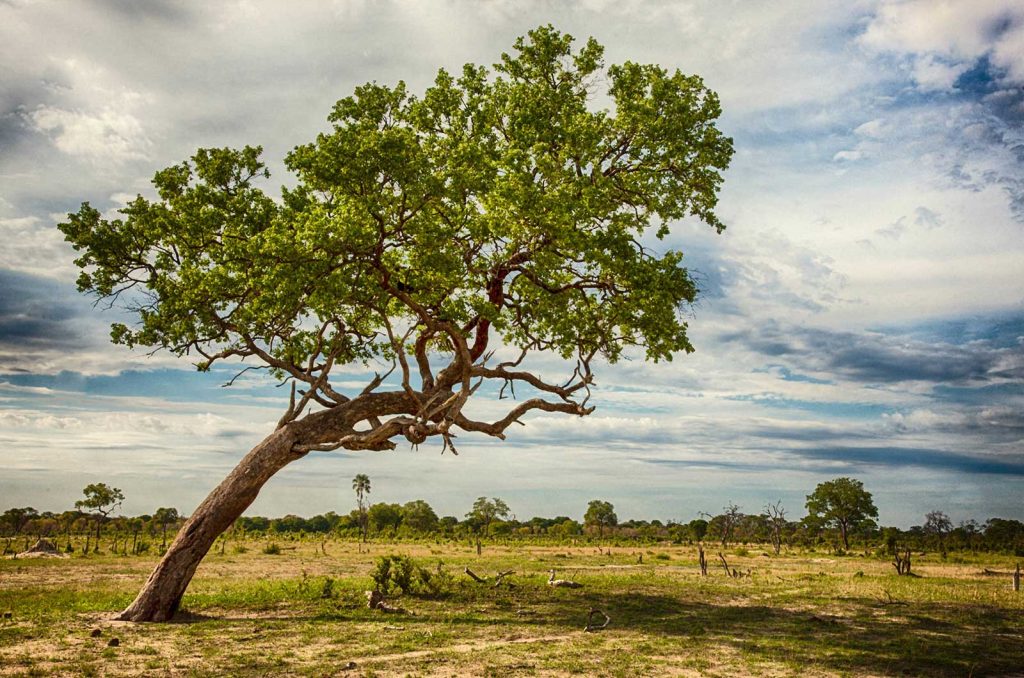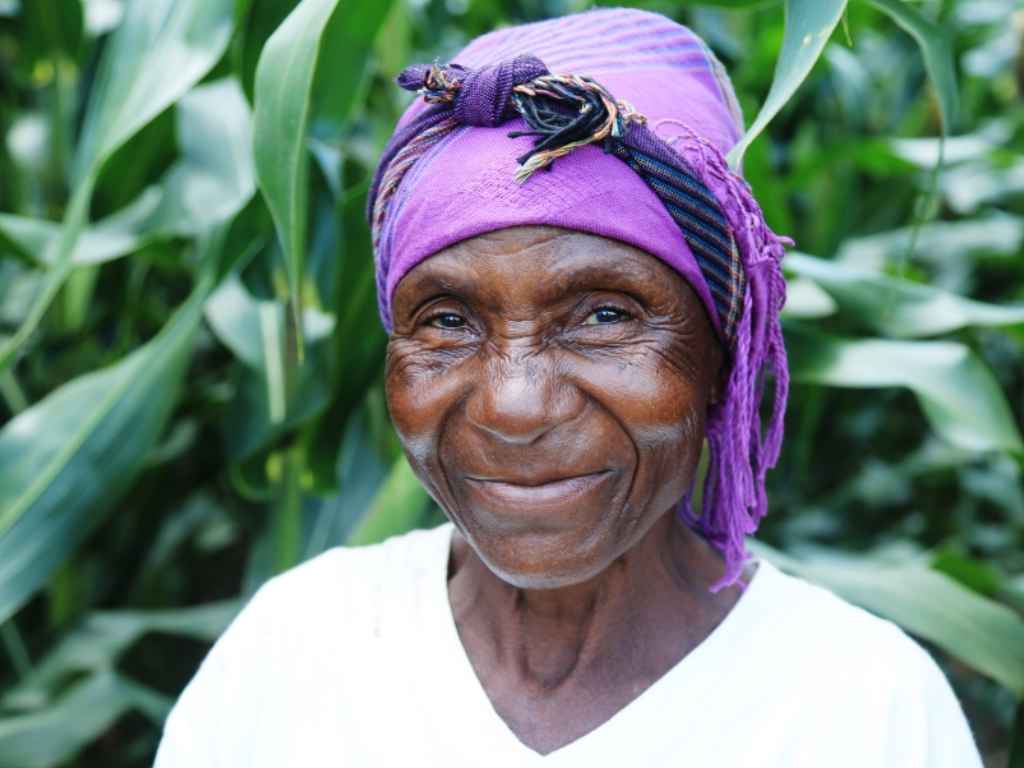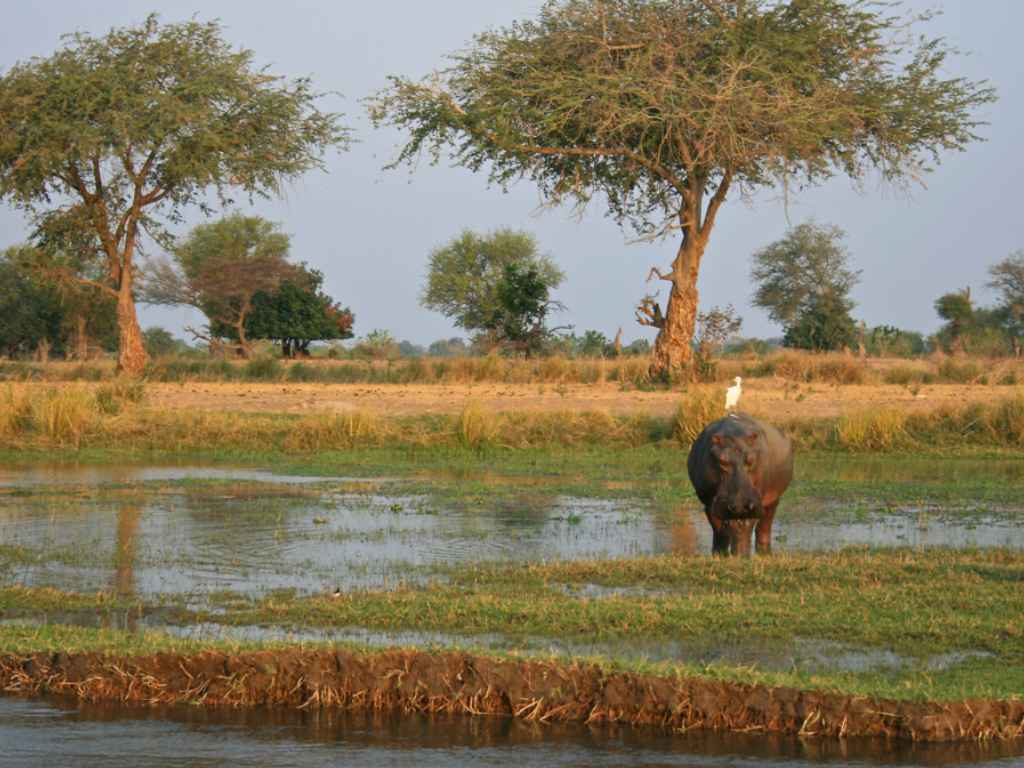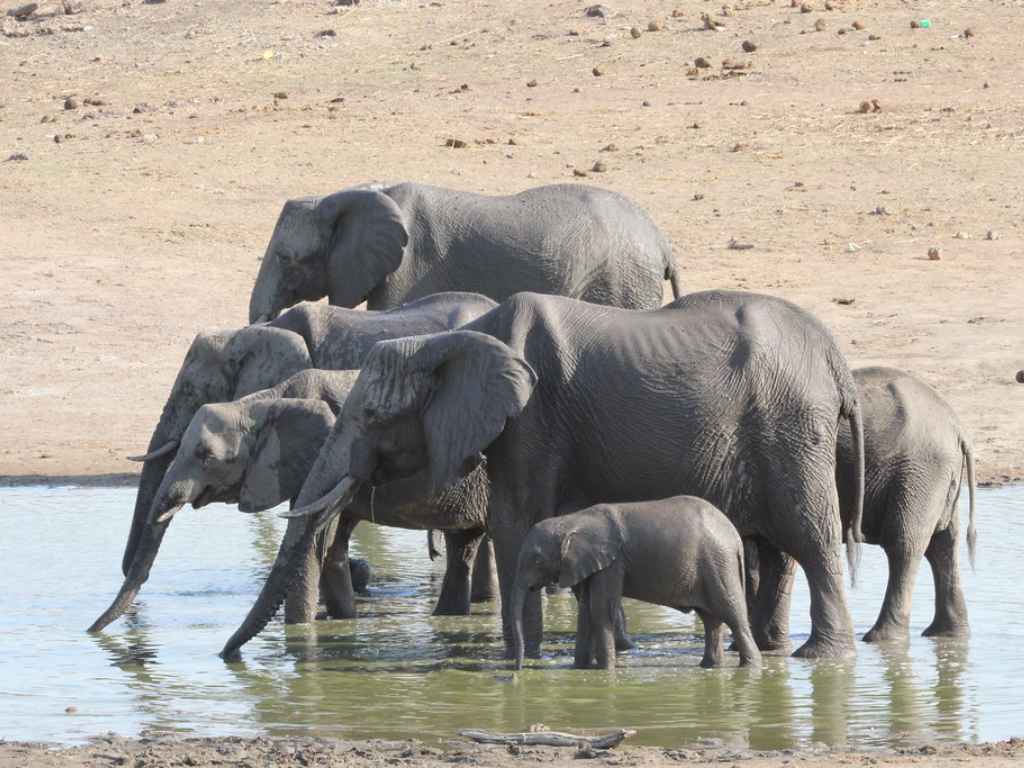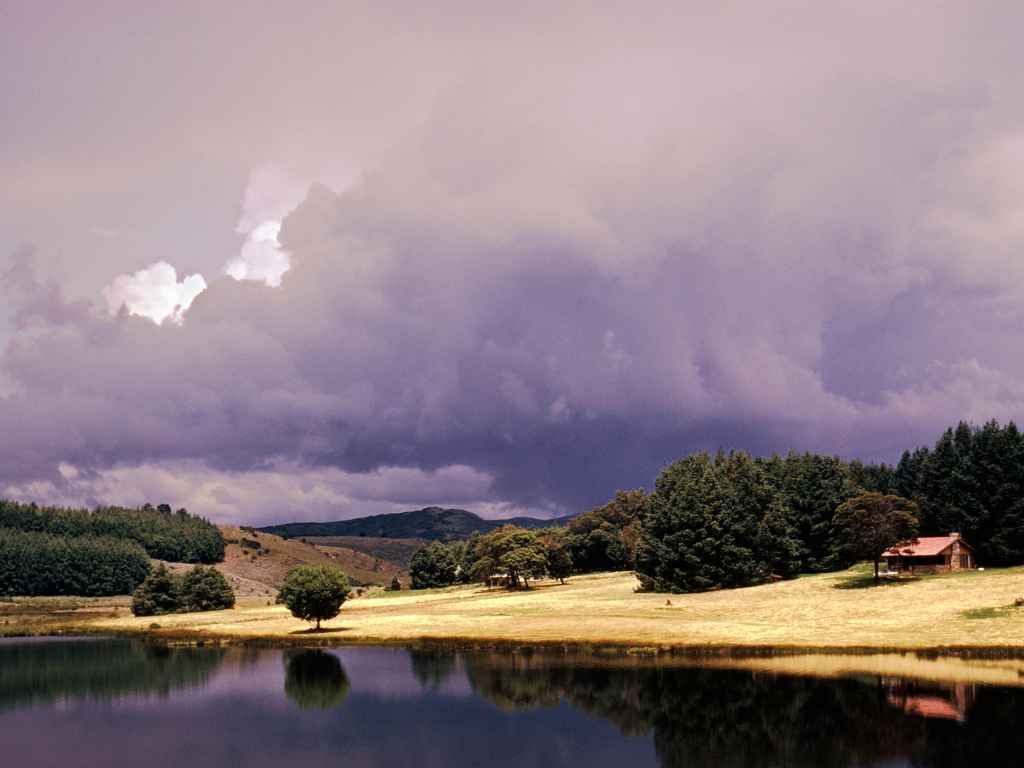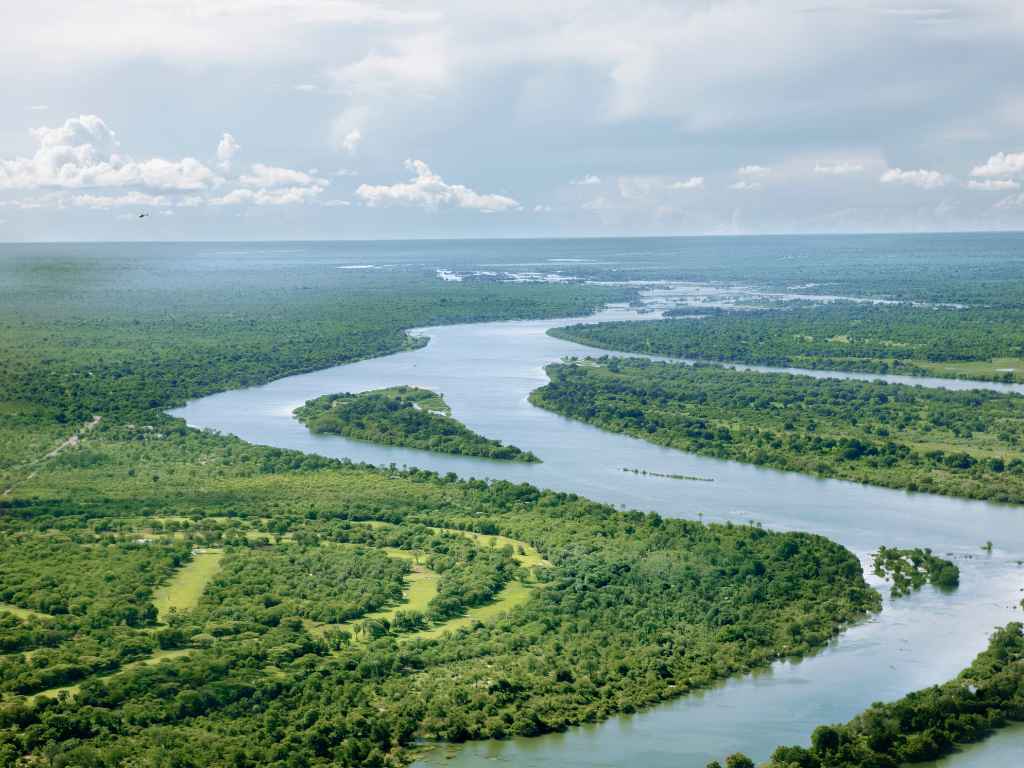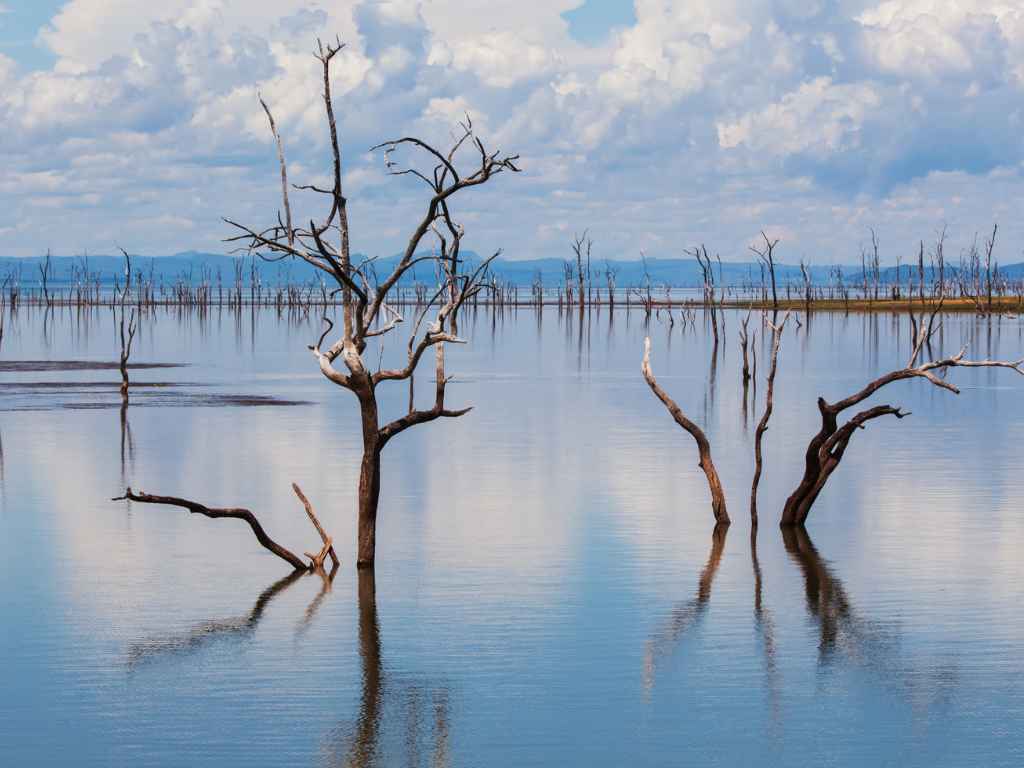Mashonaland is in the heart of Zimbabwe, a place steeped in history and culture – A region that’s more than just a geographic location, it’s a testament to the resilience and spirit of the Zimbabwean people.
In this land of stunning landscapes and vibrant cultures, you’ll find stories that resonate with the pulse of Africa. From the ancient ruins of Great Zimbabwe to the bustling city life of Harare, Mashonaland is a melting pot of experiences waiting to be explored.
So pack your bags, we’re heading to Mashonaland – a captivating region that’s as diverse as it is beautiful. Get ready to discover a world where tradition meets modernity, and history comes alive in the most unexpected ways.
Introduction
Mashonaland, a gem nestled within Zimbabwe, presents a blend of past and present, where an in-depth journey reveals vigorous cultures, breathtaking scenes, the Great Zimbabwe’s historical remnants, and Harare’s kinetic urban life. As we delve deeper into the diverse potpourri of experiences Mashonaland offers, we can better understand this fascinating region.
Overview of Mashonaland
The unique backdrop of Mashonaland’s history tells a profound tale of resilience and vibrant spirit among the Zimbabwean populace. Born from the historic bricks of the Shona ancestors, this enchanting region stands as an emblem of Zimbabwe, with rich culture preserved and practiced by the locals. From the mesmerizing landscapes that color every horizon to the high-spirited social patterns, Mashonaland remains a vivid testament to the harmonious juxtaposition of tradition and modernity.
Location and Geography
Discover Mashonaland, geographically blessed, straddling Zimbabwe’s northeastern portion. The region’s landscape stretches from the highveld plateau in the southern parts to the Zambezi Valley’s northerly low-lying plains. Diversity mirrors Mashonaland’s geographical terrain, featuring rolling hills, vast plains, and fertile soils that nurture a vibrant ecosystem, and the vibrant city of Harare serving as its heartbeat. Mashonaland leaves every explorer enamored with its beguiling geographical cloak, promising an intriguing traverse across its expanse.
Historical and Cultural Significance
Exploring details that define the historical and cultural importance of Mashonaland reveals multifaceted aspects of civilization. Notable archaeological sites, remnants of ancient civilizations, instances of traditional Shona culture, and local crafts and folklore contribute to the region’s rich cultural fabric.
Ancient Civilizations (Great Zimbabwe, Khami)
Imprints of ancient civilizations, particularly Great Zimbabwe and Khami, are prominent in the Mashonaland region.
Archaeological Sites and Ruins
Mashonaland possesses archaeological sites that reflect the glory of bygone eras. The ruins at Great Zimbabwe, a UNESCO World Heritage Site, are paramount. Silent witnesses of a once-thriving civilization, these stone structures and fortifications remain as the second-largest ancient structures south of the Sahara Desert. Similarly, Khami’s ruins, also UNESCO-designated, offer revelations of ancient architectural prowess and insights into the socio-economic status of inhabitants of the past.
Monuments and Museums
Aside from ruins, Mashonaland celebrates its past through monuments and museums. The Heroes’ Monument in Harare pays homage to Zimbabwe’s freedom fighters, presenting a sense of reverence and a poignant reminder of the struggle for independence. The national museums in Harare, Bulawayo, and Great Zimbabwe provide detailed insights into the local history and archaeological findings, allowing visitors to explore the region’s timeline from ancient to contemporary times.
Shona Culture and Traditions
Diving into the local culture of Mashonaland reveals enchanting facets of the Shona people’s traditions.
Traditional Villages and Homesteads
Traditional Shona villages and homesteads in Mashonaland retain the rhythm and hues of rural life, a valuable testament to the persistence of cultural practices. One can observe the community-centered lifestyle and customs that form the backbone of Shona society. These villages also exhibit the traditional layout of Shona homesteads, as well as farming practices adapted to the region’s soil quality and climate conditions.
Arts, Crafts, and Folklore
Shona culture reverberates in the region’s arts and crafts. Shona sculptors are internationally renowned for their stone carvings that often depict human faces, figures, and animals, imbued with symbolic meanings rooted in cultural folklore. The region’s ngoma drum and mbira music offer enchanting auditory experiences reflecting Shona traditions. Folklore remains an integral part of community life, with the elderly passing on ancestral tales to younger generations.
Natural Wonders and Landscapes
From rich history and vibrant culture, let’s journey into the heart of Mashonaland’s natural wonders and captivating landscapes. The region presents a spectacle of magnificent highlands, stunning rock formations, and sparkling rivers, proving it’s a paradise for nature enthusiasts.
Eastern Highlands
Situated on Mashonaland’s eastern periphery, the Eastern Highlands are a treasure of breath-taking vistas and exhilarating hiking trails. As an acclaimed paradise for hikers, these highlands teem with mountains like Bvumba and Nyanga offering places of retreat amid tranquil settings. They impart serene views of mist-shrouded peaks, lush valleys, and rolling tea plantations.
Scenic Vistas and Hiking Trails
At the Eastern Highlands, one could marvel at pockets of misty forests, crystal-clear streams, and misty foliage, making them a dreamer’s haven. The region is laced with numerous hiking trails, such as Nyangombe and Turaco, that snake through verdant landscapes and offer rare glimpses into Zimbabwe’s unique flora and fauna.
Nyanga National Park
Nyanga National Park, perched in the Eastern Highlands, doesn’t disappoint tourists seeking wilderness expeditions. It’s famous for its rugged and dramatic terrains, blanketed with wildflowers, that transition into gentle streams and cascading waterfalls. It serves as a sanctuary for wildlife species like klipspringers, waterbuck, and sables.
Rock Formations and Kopjes
Mashonaland’s natural landscape boasts striking rock formations and kopjes, as peculiar spectacles. Balancing Rocks, shaped by millions of years of weathering, stand as stoic sentinels, depicting nature’s artistic prowess. The kopjes (rocky hills), speckled across the savannah, serve as mini ecosystems, harboring a variety of wildlife.
Rivers and Waterfalls
Lastly, the profusion of rivers and waterfalls adds to Mashonaland’s natural allure. The Mupfure and Manyame rivers snake their way across the countryside, culminating in splendid waterfalls such as Pungwe and Nyangombe. These bodies of water, whether it’s crashing into a canyon or quietly carving through a valley, underscore the incredible diversity of Mashonaland’s landscapes.
Outdoor Adventures and Activities
Mashonaland isn’t just a region of historical and cultural importance; it’s also a haven for adventure seekers. This section delves into the numerous outdoor activities that Mashonaland has to offer, emphasizing its adventurous side and the remarkable experiences one can partake in while there.
Hiking and Trekking
A true adventurer knows the thrill that lies within hiking and trekking, and Mashonaland provides plenty of opportunities for both. Particularly in the Eastern Highlands, there are, numerically speaking, over 35 hiking trails of varying difficulty levels, allowing both seasoned trekkers and beginners a chance to engage with nature in a profound way. Trails such as the Turaco Trail, famed for its lush terrain and bird watching opportunities, provide examples of the memorable experiences on offer.
Rock Climbing and Abseiling
Lovers of adrenaline-fueled activities are not left out in Mashonaland, with rock climbing and abseiling being common activities in the region. The rugged terrains in Nyanga National Park, for instance, are a prime location for these exhilarating activities. Notably, Mount Nyangani, the highest peak in Zimbabwe, presents challenging routes for climbers, offering an unforgettable adventure to those daring enough to attempt it.
Fishing and Water Sports
Those inclined towards aquatic-related activities won’t find Mashonaland lacking either. With numerous rivers, like the famous Mupfure River, and man-made dams such as the Osborne Dam, fishing opportunities abound. For water sports enthusiasts, white water rafting, canoeing and jet skiing are popular activities engaged in at sites like the Mazowe Dam.
Cultural Tours and Experiences
Beyond the outdoor adventures, Mashonaland presents a rich tapestry of culture that visitors can immerse themselves in. The traditional villages previously discussed offer cultural tours allowing visitors an intimate look into the lives and traditions of the local Shona people. Moreover, traditional art expressions are boldly on display in places like the Chapungu Sculpture Park, where one can admire intricate stone carvings that encapsulate the spirit of the land and its people.
Accommodation Options
Mashonaland, batting not just with its rich history and natural splendor but also with its diverse suite of accommodation options, provides a distinct and rewarding experience regardless of budget or preferences.
Lodges and Resorts
A variety of lodges and resorts scatter across Mashonaland, serving as comfortable retreats after your adventures. They showcase a range of amenities. For instance, Imire Safari Ranch sets the bar for wildlife enthusiasts with its on-site safari tours and luxurious accommodations. Troutbeck Resort, tucked in the verdant folds of the Eastern Highlands, possesses amenities such as a 9-hole golf course, fishing rod rentals, and exceptional views of the surrounding landscapes.
Self-Catering and Camping
For those preferring the simplicity and freedom of self-catering or camping, options aren’t lacking in Mashonaland. Some lodges offer self-catering chalets providing the convenience of preparing your own meals. Moreover, with its numerous campsites, Mashonaland beckons those keen to immerse themselves in nature. Examples include Charara Safari Area, offering camping spots right by Lake Kariba, and Aberfoyle Lodge, providing camping facilities deep in the heart of Honde Valley’s tea plantations.
Farm Stays and Guesthouses
Diverse options for farm stays and guesthouses reside in Mashonaland for those seeking a genuine feel of rural life. Guesthouses, meanwhile, offer a more intimate and typically affordable choice. For instance, Farmhouse Bed & Breakfast captures the essence of country living and provides an opportunity to go horse riding while the Musangano Lodge treats guests with a cozy environment and picturesque outdoor seating areas.
Nearby Towns and Facilities
Several towns close to Mashonaland also have a range of facilities and accommodation options. Harare, the capital of Zimbabwe, houses a variety of hotels, ranging from budget-friendly guesthouses to luxurious five-star hotels. Other nearby towns such as Bindura and Marondera offer a gamut of facilities, including markets, restaurants, lodges, and guest houses allowing visitors to get a feel of the local life while never being far from the attractions of Mashonaland.
Getting to Mashonaland
If you’re planning on exploring the cultural richness and natural wonders of Mashonaland, here’s your guide on getting to this captivating region in Zimbabwe.
By Air
Reaching Mashonaland by air presents the simplest method for international travelers. Harare International Airport, located in Zimbabwe’s capital city, receives flights from several global destinations. From the airport, it’s a brief journey of approximately 150 kilometers to the heart of Mashonaland. Several airlines, such as Ethiopian Airlines, South African Airways, and Emirates, operate flights to and from Harare, ensuring round-the-clock accessibility.
By Road
In case you’re already in Zimbabwe or neighboring countries, you have the option of using the well-structured road network. Roads such as the A2 and A3 offer direct routes from Harare to the cities of Bindura and Marondera respectively in Mashonaland. Public transport services, including buses and taxis, aid in commuting within the region. If you’re the adventurous type, consider renting a vehicle for a self-drive tour, thus dictating your pace and route through the stunning landscapes.
Tour Packages
Adding convenience to the travel experience, several tour operators provide well-crafted packages to Mashonaland. These usually include transportation, accommodation, and guided tours of the area’s major attractions. Choose from a range of options, some focusing on historical and cultural tours while others put an emphasis on nature and adventure activities. Opt for a package that aligns with your interests, and let the professionals handle the logistics while you immerse yourself in the region’s lure and allure.
Best Times to Visit
Venturing into the isthmus of culture and adventure that is Mashonaland, it counts to be aware of the optimal periods for exploration. Let’s delve into the characteristics of the seasons, the region’s weather and climate, and significant events and celebrations that occur around the year.
Seasonal Variations
Mashonaland boasts a tropical savanna climate distinguished by three primary seasons: the hot, wet season, the cool, dry season, and the hot, dry season. The hot, wet season spans from November to April, turning the landscape into a fertile canvas of lush green. However, I’d suggest bypassing this period, as the heavy rainfall could put a damper on outdoor activities.
On the other hand, the cool, dry season from May to August makes for ideal travel conditions. The weather remains pleasantly mild during these months, providing perfect conditions to explore the rich history and natural beauty Mashonaland offers. Following this, September to October mark the hot, dry season. While temperatures increase, rainfall is scarce, making it an excellent time for wildlife viewing as animals gather around water sources.
Weather and Climate
Mashonaland’s climate hovers around a mean of 20°C (68°F). During the hot wet season, temperatures reach highs of 30°C (86°F), with high humidity and frequent afternoon thunderstorms. In contrast, the cool dry season ushers in mild and pleasant conditions, with temperatures commonly falling to around 13°C (55°F). An uptick is noticed during the hot, dry season, but it’s counterbalanced by the fantastic views of wildlife at waterholes and rivers.
Special Events and Festivals
Scheduling your trip around Mashonaland’s significant events could enrich your experience. For instance, the Harare International Festival of the Arts (HIFA), usually held in April or May, is a vibrant celebration of local and international music, dance, and arts. Additionally, the Shoko Festival in September provides a window into the region’s digital arts, showcasing a blend of old and new cultural expressions.
All in all, the best time to visit Mashonaland hinges upon individual preferences. Be it a quest for adventure amid comfortable weather or aligning the journey with the pulsating local festivals, Mashonaland’s potential as a destination remains immense throughout the year.
Practical Information
As we journey further into Mashonaland’s charm, I am delving into some practical information necessary for your visit.
Entry Requirements
Entering Mashonaland aligns with the standard Zimbabwean immigration process. Visitors, specifically from the United States, the United Kingdom, Australia, Canada, and most EU countries, typically receive a tourist visa upon arrival. Holders of these passports can purchase a single-entry visa for $30 or a double-entry visa for $45. A Kaza Uni-Visa, costing $50, also provides entry into both Zimbabwe and Zambia. Travelers must remember that Zimbabwe only accepts US dollars for visa payments, so it’s crucial to have the exact change in your possession.
Safety and Security
When it comes to safety, Mashonaland generally fosters a secure environment, particularly in the region’s tourist-friendly locales. National parks, historical sites, and urban hubs often have safety measures in place, including trained security personnel. Potential issues include petty thefts and occasional wildlife encounters. Taking necessary precautions, such as securing valuables, adhering to the instructions of tour guides, and keeping safe distances from wildlife, mitigates any potential risks.
Packing and Gear
Packing for Mashonaland depends on the intended activities as well as the season of the visit. Generally, one must pack light, comfortable clothing for warm conditions and heavier layers for cooler evenings and mornings. Rain-proof items are essential during the rainy season, which typically runs from November to April. If a safari, hiking, or other outdoor adventure is on the agenda, suitable gear, like sturdy footwear, must find a place in the luggage. An effective insect repellent and a sun hat also come in handy.
Health and Vaccinations
As part of the health considerations for travelers to Zimbabwe, vaccinations against Hepatitis A, Typhoid, and Tetanus are often recommended. Visitors might also consider anti-malarial medications, as Malaria is prevalent in certain parts of the country, especially during the rainy season. Consultation with a health professional prior to travel ensures a stress-free and healthy trip.
Food and Drink Scene
After delving into the historical, cultural, and practical aspects of Mashonaland, it’s time to whet our taste buds and quench our thirst with the local cuisine and beverages offered in this vibrant region.
Local Cuisine and Specialties
Mashonaland prides itself on a wealth of unique delicacies. Staple foods include Sadza, a cornmeal porridge served with relish, greens, or protein-packed meals like chicken, fish, and beef. Other local favorites, such as Mopane worms, provide nutritional punch and exciting flavors. For a hearty breakfast, Bota, a breakfast porridge served with peanut butter, milk, or even jam, is a common choice.
Markets and Cuisine Tours
Exploring the fresh produce markets in Mashonaland, like Mbare Musika in Harare, is akin to taking a gastronomic tour. Here, you can find a variety of fresh vegetables, fruits, and traditional snacks. Cuisine tours in Mashonaland typically include aromatic culinary classes, visits to local farms, and sampling authentic Zimbabwean food, providing a unique way to get to know the local food heritage better.
Restaurants and Cafés
Mashonaland houses several fantastic restaurant options. For instance, Amanzi, in Harare, offers international flavors fused with local ingredients for a unique dining experience. If you prefer a café-style dining, the well-regarded Maasdorp Market hosts several café stalls offering delicious pastries and aromatic coffees.
Breweries and Local Drinks
For a taste of Mashonaland’s liquid culture, the beverages here range from traditional brews to modern drinks. The Chibuku Shake-Shake, a popular traditional beer, offers a taste rich in local flavor. And, if you’re seeking something non-alcoholic, the Mazoe orange drink – a sweet, fruity concoction – is a much-loved thirst quencher. Several breweries also craft an assortment of beers and ciders, creating a well-rounded drink scene in Mashonaland.
Beyond Mashonaland
Moving beyond Mashonaland’s historical sites and culinary delights, there’s a myriad of adventures awaiting exploration in the surrounding areas.
Nearby Cities and Towns
Harare, Bulawayo, and Victoria Falls rank high on the list of neighboring cities. Each offers a distinct experience. Harare, known for its arts scene, boasts the National Gallery, Shona soft-stone sculptures, and avenues lined with Jacarandas. Bulawayo, the second-largest city, lures with its colonial-era architecture, like the Bulawayo Railway Museum. Victoria Falls, the Smoke that Thunders, isn’t just an awe-inspiring natural wonder—it’s a city teeming with activities too.
Gweru, Kadoma, and Chegutu are small towns worth discovering. Gweru houses Antelope Park, a game reserve set amidst exquisite natural beauty featuring lion encounters, elephant rides, and horseback safaris. Kadoma offers another type of adventure, gold mining, particularly at Cam and Motor Mine. Chegutu, formerly Hartley, presents an immersion to artisan craft with a magnitude of pottery and weaving industries.
Other National Parks and Reserves
Zimbabwe’s distinction as a wildlife paradise translates beyond Mashonaland. There’s Hwange National Park, Zimbabwe’s largest, with its contrasting landscapes ranging from teak forests to savannahs, housing over a hundred mammal and bird species. Visitors get the chance to spot the big five – elephants, lions, leopards, buffalo, and rhino.
Mana Pools National Park, a UNESCO World Heritage site, features the Zambezi River’s flood plains enriching the dense concentrations of wildlife, including Nile crocodiles, hippos, and elephants. Matobo National Park, renowned for its kopjes and ancient rock art, offers rhino tracking and archaeological excursions.
Adventure Activities
Zimbabwe’s terrain lends itself perfectly to multiple outdoor pursuits, particularly in Mashonaland’s vicinity. Whitewater rafting on the Zambezi River provides an adrenaline rush unlike any other—the rapids rank among the world’s best. Victoria Falls Bridge hosts the thrill of bungee jumping with heart-stopping views.
Explore the Matopos Hills by mountain bike or lace up your hiking boots to traverse Nyanga National Park’s highest peaks. Rhino trekking in Matobo National Park and tiger fishing in Lake Kariba round off the adventure prospects for intrepid travelers. These experiences contribute to the vibrancy of exploration that lies beyond Mashonaland, offering a more profound understanding of Zimbabwe’s captivating allure.
Tips and Recommendations
Photography Tips
In Mashonaland, opportunities for unique photography abound. From expansive landscapes, unique wildlife, to vibrant local cultures, I have an ample array of subjects to click. Remember, early mornings and late afternoons, offer the best light for capturing the raw beauty of the region. Furthermore, carrying a high-quality lens allows me to photograph distant wildlife without intruding upon their natural behaviors. For candid shots of local life in cities, villages, or markets, I ensure to ask permission before snapping my shutter. Lastly, safeguarding my equipment from dust and heat guarantees to keep them in prime condition.
Recommended Guides and Operators
Engaging authorized, experienced guides and tour operators significantly improves my discovery of Mashonaland. The Zimbabwe Tourism Authority, for instance, offers comprehensive lists of registered tour operators and guides. Some top-rated options include Zambezi Safari & Travel Co., Antelope Park, and African Bush Camps. These operators typically provide options like wildlife safaris, bird watching, historical site tours, and adventure activities such as mountain biking or rafting.
Souvenirs and Local Crafts
Shopping local crafts serves as a tangible memory of my Mashonaland visit. The area boasts numerous marketplaces and specialty shops offering vibrant local crafts. From intricate stone sculptures, traditionally woven baskets, locally made jewelry, to authentic Shona handicrafts, Mashonaland offers an array of unique souvenirs. It’s essential to support these local artisans, as my purchases contribute towards sustaining the traditional crafts industry.
Additional Resources
To supplement my Mashonaland travel planning, I’ve found these additional resources useful. The Zimbabwe Tourism Authority’s official website offers practical information, latest updates, and relevant tips. Websites like Lonely Planet and TripAdvisor provide valuable experiences shared by previous visitors and insightful travel forums. Field guidebooks, such as Bradt’s “Zimbabwe” by Paul Murray, offer a detailed understanding of the region’s history, culture, wildlife, and geography, proving advantageous in planning and during my stay.
Conclusion and Final Thoughts
I’ve relished the journey through Mashonaland, a region rich in culture, history, and natural beauty. It’s a destination that offers something for everyone. From the bustling cities to the serene national parks, every corner of Mashonaland holds a unique charm. Whether it’s the culinary delights, the wildlife encounters, or the thrill of adventure activities, each experience adds to the magic of this region. The practical advice provided, along with the resources for planning, should make your visit to Mashonaland a memorable one. So, pack your bags, embrace the adventure, and get ready to create your own Mashonaland story. It’s a journey you won’t forget.
I’m the guy creating the content here at VisitZimbabwe.com. I’m an avid traveller and have been a digital designer and content creator for more than 30 years. In that time I’ve been responsible for dozens of online businesses spanning many industries including travel and tourism. I still have a passion for designing great web experiences. You can contact me via my personal site at https://ma.rcus.co.uk/
